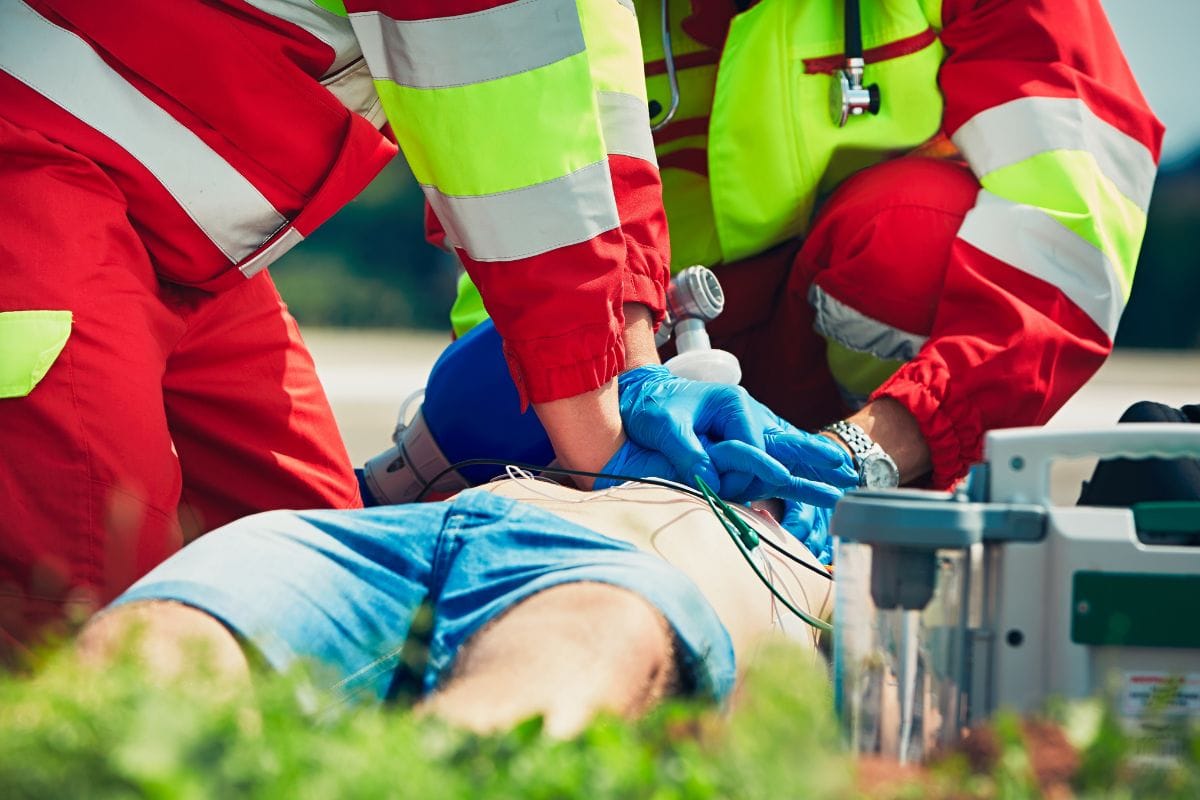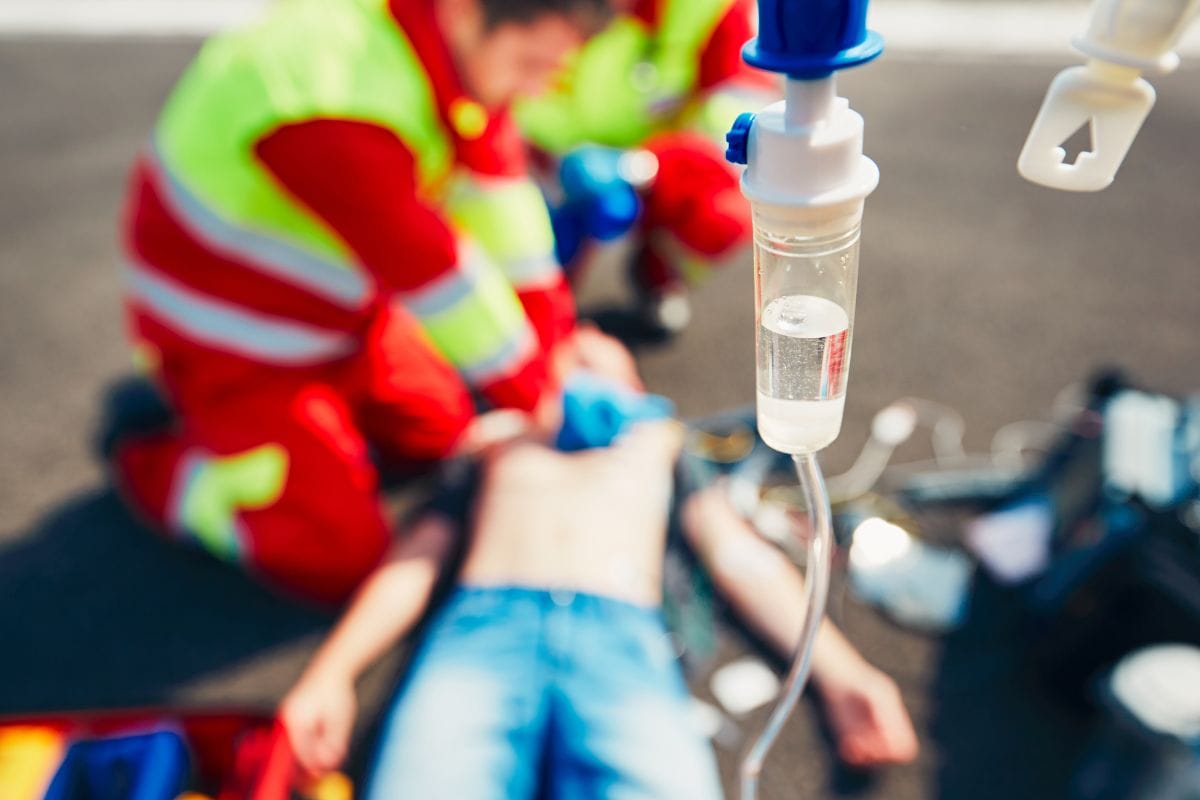Emergencies happen without warning, and in those critical moments, staying calm can make the difference between life and death. The ability to act with confidence comes from knowledge, practice, and preparedness. Whether it’s a cardiac arrest, severe bleeding, or a choking incident, knowing what to do helps eliminate hesitation and improves survival outcomes.
Proper training, such as CPR certification, equips individuals with the necessary skills to handle medical emergencies effectively. By understanding the fundamentals of emergency response, you can transform panic into action and make a meaningful impact in someone’s life. This guide explores the best strategies to stay calm and confident in a crisis, empowering you to become a capable first responder in your community.
Mind Over Panic: Mental Strategies for Keeping Cool
When faced with a medical emergency, fear and panic are natural reactions. However, controlling these emotions is essential for taking effective action. Here are some strategies to stay composed in high-pressure situations:
Understand the Physiology of Panic: When confronted with danger, the brain triggers the fight-or-flight response, causing an increase in heart rate, rapid breathing, and a flood of adrenaline. While this response can be beneficial, excessive panic can cloud judgment and impair decision-making.
The 3-Step Method to Regain Control
- Breathe: Take slow, deep breaths to regulate your heart rate and clear your mind.
- Assess: Quickly evaluate the situation and determine the severity of the emergency.
- Act: Once you have assessed the situation, take decisive action, such as calling 911 or administering first aid.
Mental Rehearsal: Visualizing emergency scenarios can improve response times and decision-making. Practicing responses in your mind prepares you for real-life situations.
The First Moments: Taking Charge of the Scene

The first few moments of an emergency are crucial. Taking the proper steps immediately can prevent further harm and stabilize the situation. Here’s what to do:
Ensure Your Safety First: Before assisting others, check for potential dangers, such as fire, electrical hazards, or violent situations. Protecting yourself ensures you can provide help without becoming a victim.
Engage Bystanders for Support: Assign specific tasks to people nearby, such as calling 911, fetching an AED, or managing the crowd. Giving direct instructions prevents confusion and ensures immediate action.
Legal Protections for Good Samaritans: Many hesitate to help out of fear of legal repercussions. The Good Samaritan laws protect individuals who provide reasonable assistance in emergencies. Knowing this can help build confidence in taking action.
Life-Saving Actions Everyone Should Know
Emergencies require quick and accurate responses. Knowing basic life-saving skills can significantly improve survival rates. Here are essential techniques you should master:
The ABCs of Emergency Response:
- Airway: Ensure the person’s airway is open and unobstructed.
- Breathing: Check for normal breathing; if absent, begin rescue breaths.
- Circulation: If no pulse is detected, begin chest compressions immediately.
Assisting an Unconscious Person:
- Check for responsiveness by tapping and shouting.
- If unresponsive, call 911 and begin CPR if needed.
Recognizing Signs of Cardiac Arrest:
- Sudden collapse
- No pulse
- No normal breathing
- Loss of consciousness
The Importance of Hands-On Training

While reading about the emergency response is helpful, nothing replaces real-world practice. CPR certification courses provide hands-on training to ensure you perform life-saving techniques correctly. Here’s why training matters:
- Builds Muscle Memory: Repetitive practice of CPR and First-Aid procedures ensures automatic response in an emergency.
- Improves Accuracy and Confidence: Training under professional guidance helps refine techniques and correct mistakes.
- Offers Realistic Scenarios: Simulated emergencies prepare individuals to respond effectively under pressure.
- Accessibility and Convenience: Many certified programs offer flexible schedules, making it easy to find CPR classes near you that fit your availability.
Mastering First Aid: The Skills That Make a Difference

First aid is an essential component of emergency response. Knowing how to handle injuries and medical crises can prevent further complications. Here are some crucial first-aid skills:
Severe Bleeding Control:
- Apply direct pressure with a clean cloth or bandage.
- Elevate the wound above heart level if possible.
- Use a tourniquet only if bleeding is uncontrollable.
Choking Response:
- Perform the Heimlich maneuver for conscious adults and children.
- Use back blows and chest thrusts for infants.
Burn Treatment:
- Cool burns under running water for at least 10 minutes.
- Cover the burn with a sterile dressing—avoid using ice.
Enrolling in First-Aid and CPR certification classes ensures you learn these techniques correctly and efficiently.
AEDs: Why Every Second Counts
Automated External Defibrillators (AEDs) are life-saving devices that restore normal heart rhythm during cardiac arrest. Here’s what you need to know:
- Effectiveness: When used within the first few minutes of cardiac arrest, AEDs can increase survival rates by up to 70%.
- Ease of Use: AEDs provide clear, step-by-step voice instructions, making them accessible for bystanders with little to no training.
- Finding AEDs in Public Places: Look for AEDs in airports, gyms, malls, and office buildings. Knowing their locations can save precious time.
Becoming a Community Lifesaver
Knowledge is power, and you can contribute to a safer community by taking proactive steps. Here’s how:
- Enroll in CPR and First Aid Training: Programs offering CPR training provide the knowledge and confidence to act decisively.
- Advocate for More AED Access: Encourage schools, workplaces, and public spaces to install AEDs.
- Encourage Others: Share your knowledge with family, friends, and coworkers and encourage them to become CPR certified, creating a ripple effect of preparedness.
Empower Yourself to Save Lives
Emergencies are unpredictable, but your response doesn’t have to be. You can make life-saving decisions in critical situations by staying calm, acting confidently, and receiving proper training.
If you haven’t already, take the next step—sign up for first aid and CPR certification classes today. Your preparation could mean the difference between life and death for someone in need.

